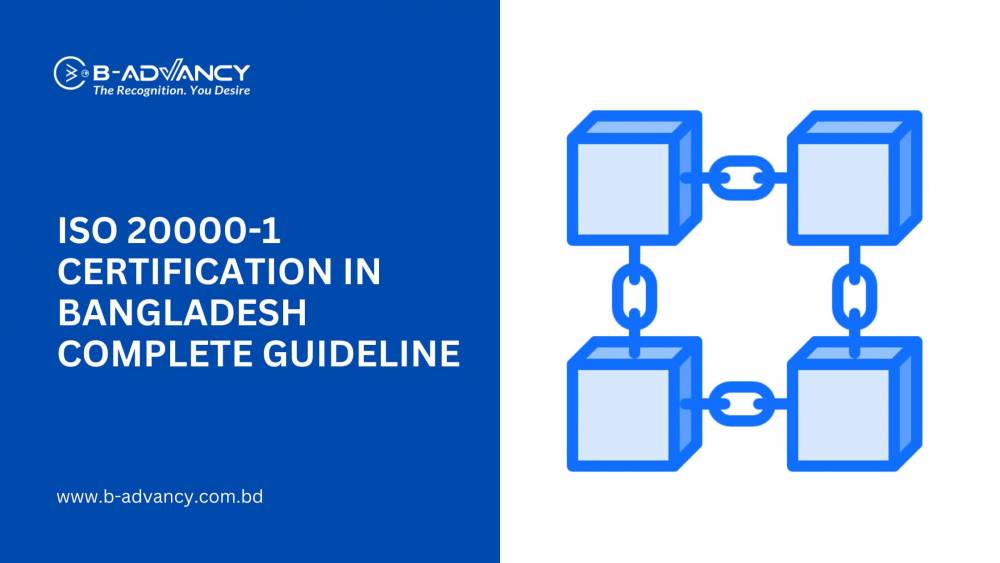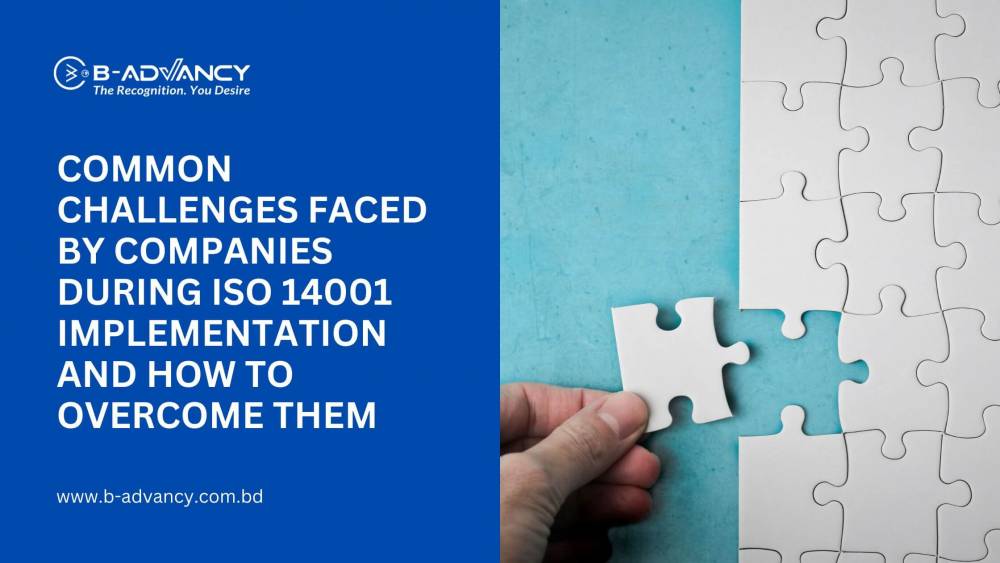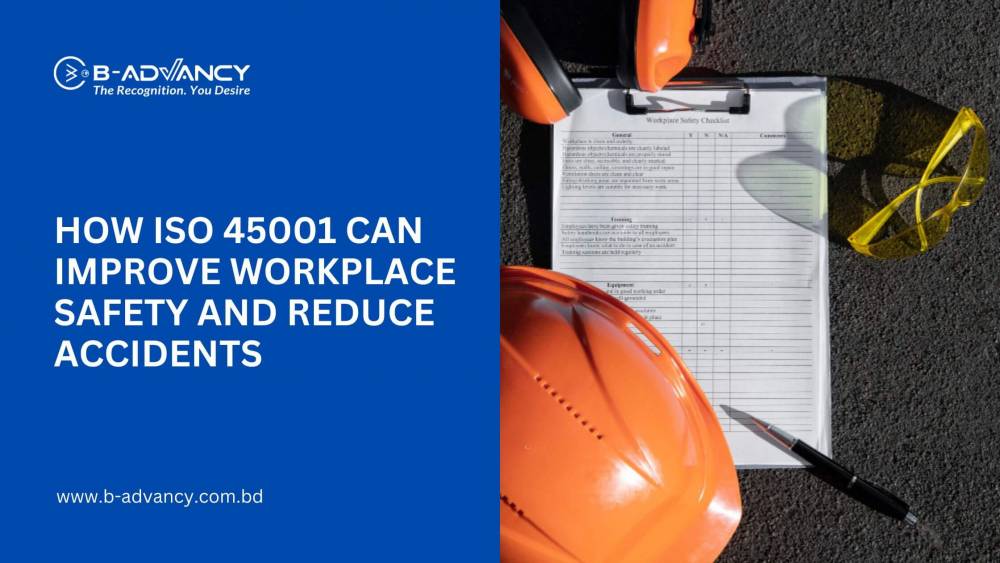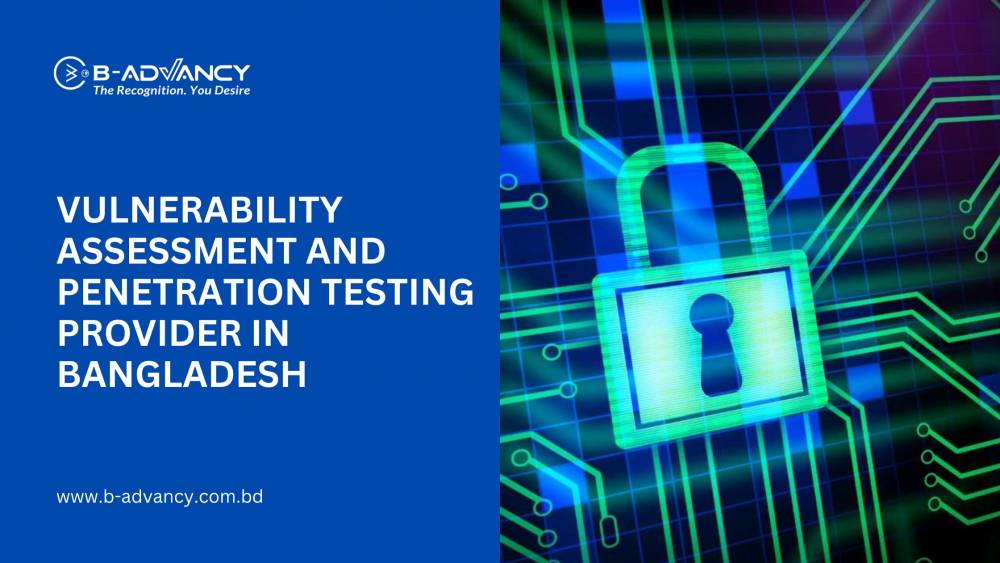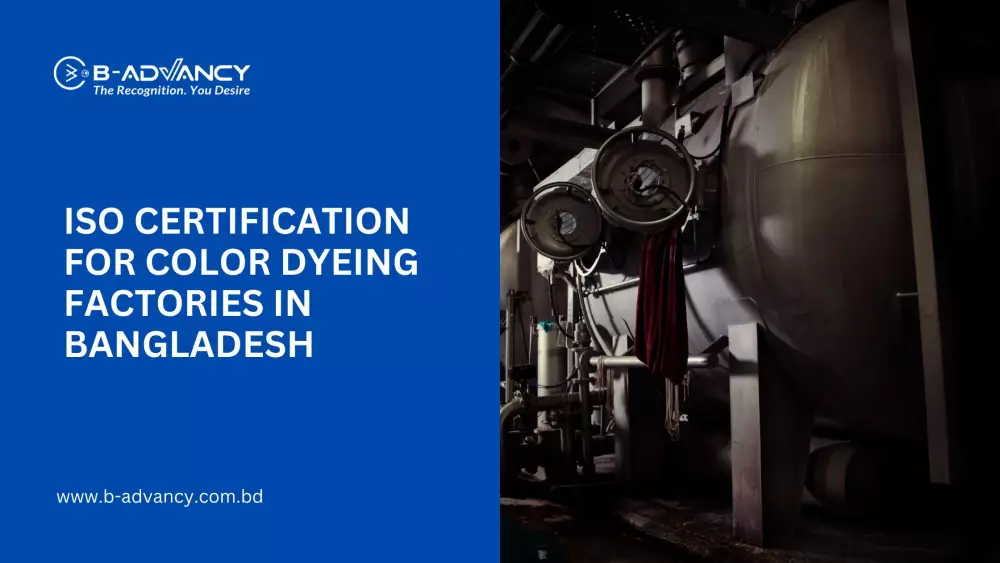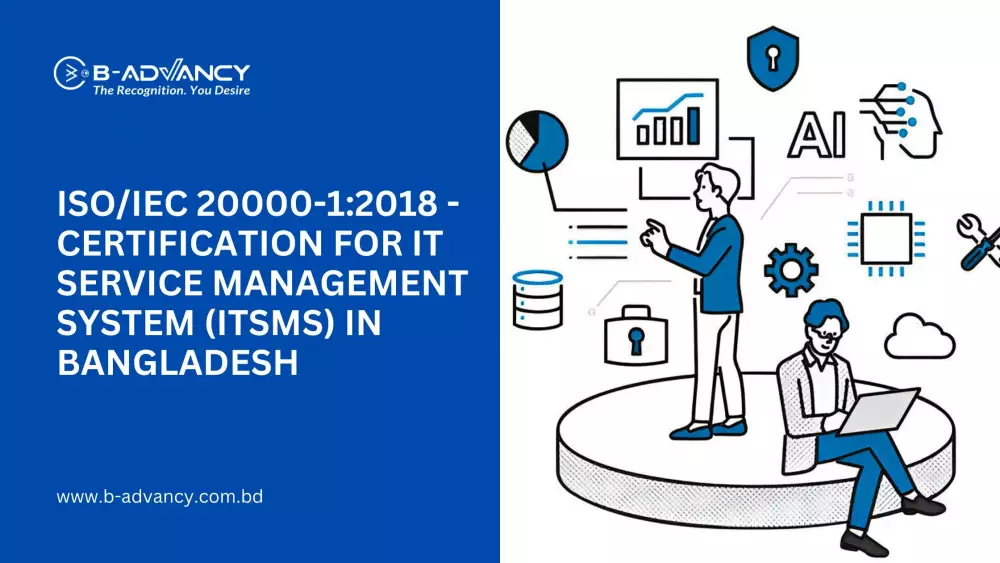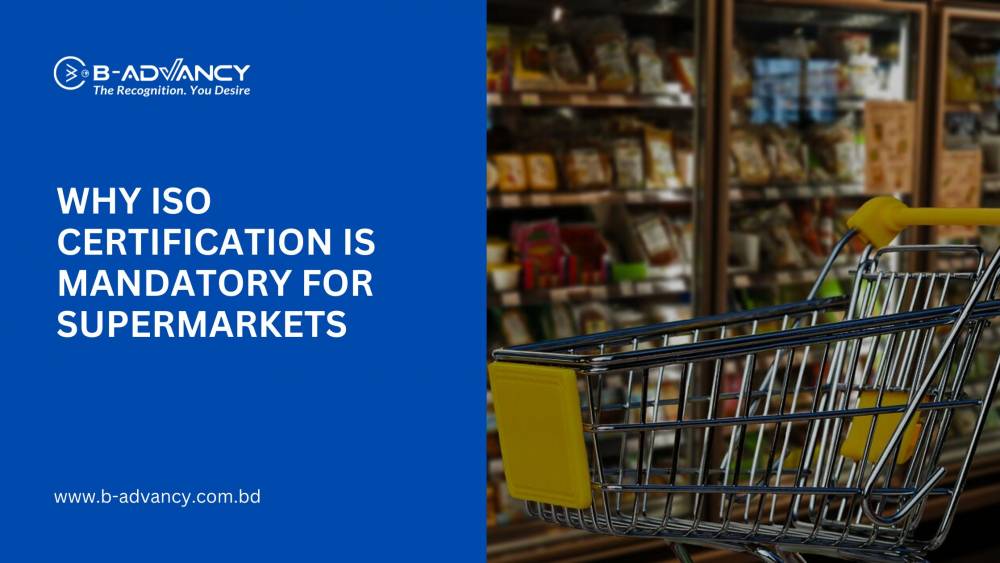As an organization, ensuring occupational health and safety (OHS) is a critical priority. However, many organizations fail to recognize the importance of integrating OHS standards in their supply chain management processes. With an increasing demand for product quality and safety, consumers are now placing more emphasis on OHS standards in the products they purchase. This is where ISO 45001 comes in.
ISO 45001 is a globally recognized standard that provides organizations with a framework to manage OHS risks and opportunities. It is a powerful tool that organizations can use to create a safe and healthy work environment for their employees, customers, and stakeholders. Additionally, integrating ISO 45001 in supply chain management can help to ensure safety in the entire supply chain, from the supplier to the end user.
Understanding ISO 45001
ISO 45001 is designed to be an easily integrated system that can be incorporated into an organization's existing management systems. The standard provides guidelines for identifying, assessing, and controlling risks associated with OHS in an organization. It also outlines the necessary steps to continuously improve OHS performance.
The benefits of implementing ISO 45001 are numerous. Organizations that adopt this standard can enjoy reduced costs associated with workplace accidents and injuries, improved productivity, and increased employee morale. Additionally, ISO 45001 certification can help organizations gain a competitive advantage in their industry by demonstrating a commitment to OHS.
Importance of Supply Chain Management in Ensuring OHS
Supply chain management plays a crucial role in ensuring OHS. As organizations rely on their suppliers to provide raw materials, components, and finished products, the risks associated with OHS can increase if the suppliers do not have adequate OHS management systems in place. In 2019, there were 2.3 million workplace fatalities globally, with supply chain workers accounting for a significant proportion of these fatalities.
A case in point is the Rana Plaza factory disaster in Bangladesh, where over 1,100 workers lost their lives and thousands were injured due to a structural collapse. This disaster highlighted the need for organizations to take a more proactive approach in ensuring OHS in their supply chains.
Integrating ISO 45001 in Supply Chain Management
Integrating ISO 45001 in supply chain management is crucial in ensuring OHS across the entire supply chain. Organizations can adopt various approaches to integrate ISO 45001 in their supply chain management. One approach is to develop a comprehensive OHS policy that outlines the organization's commitment to OHS and its expectations for suppliers.
Another approach is conducting risk assessments and hazard identification to identify OHS risks in the supply chain. The risk assessment process should be conducted in collaboration with suppliers to ensure that all risks are identified and addressed. Additionally, organizations can implement OHS management systems across the entire supply chain to ensure that OHS standards are consistent throughout the supply chain.
Best Practices for Implementing ISO 45001 in Supply Chain Management
Implementing ISO 45001 in supply chain management can be challenging. However, there are best practices that organizations can adopt to ensure a smooth integration process. One of the best practices is to train and educate suppliers and other stakeholders on ISO 45001. This can include training on hazard identification, risk assessment, and the importance of OHS management systems.
Another best practice is developing a collaborative approach to OHS management in the supply chain. Organizations can work closely with their suppliers to share information and best practices on OHS. This approach can help to build trust and promote a culture of safety in the supply chain.
Conclusion
In conclusion, ISO 45001 is a powerful tool that organizations can use to manage OHS risks and opportunities. By integrating ISO 45001 in supply chain management, organizations can ensure safety across the entire supply chain. The benefits of integrating ISO 45001 in supply chain management are numerous, including reduced costs associated with workplace accidents and injuries, improved productivity, and increased employee morale.
It is important for organizations to understand the role of supply chain management in ensuring OHS and the importance of integrating ISO 45001 in their supply chain management processes. Through a collaborative approach to OHS management, organizations can work together with their suppliers to identify and address OHS risks in the supply chain, thus ensuring the safety of all stakeholders involved.
As consumers continue to demand high-quality products with a focus on OHS, organizations must take proactive measures to ensure that their supply chain management processes align with ISO 45001 standards. By doing so, they can not only ensure the safety of their employees and stakeholders but also gain a competitive advantage in their industry.
In conclusion, ISO 45001 and supply chain management go hand in hand in ensuring OHS. As organizations continue to evolve and adapt to changing market trends, it is important for them to prioritize OHS in their supply chain management processes. Integrating ISO 45001 is a critical step towards achieving this goal, and organizations that do so will reap the benefits of a safer, healthier work environment for all.
















